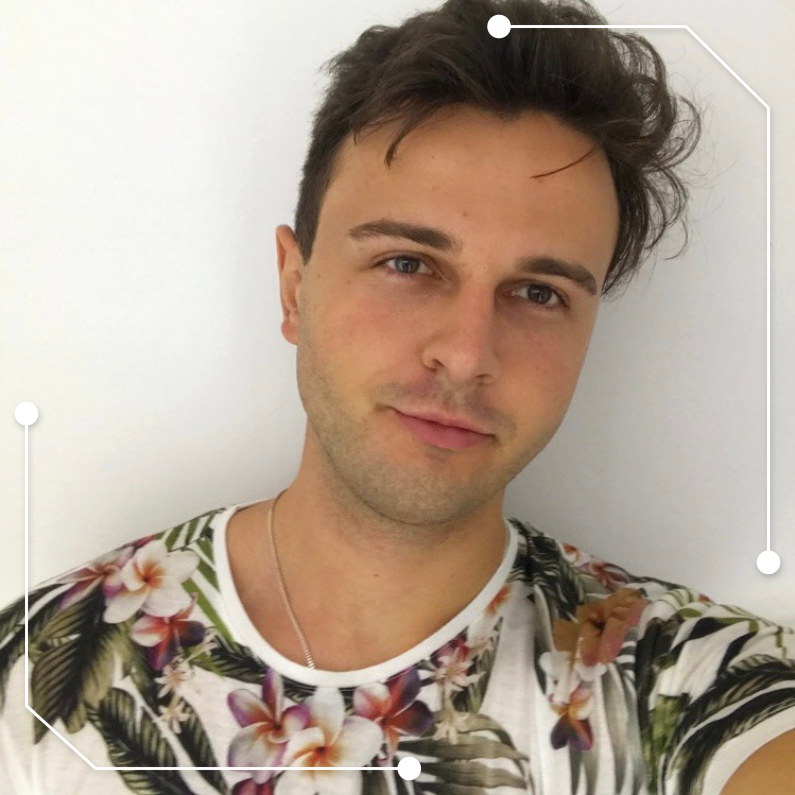In our “5 questions with…” section, we regularly introduce you to our PIABO colleagues and share their expertise in communication and PR. Today: Erik Amann, Digital Communications Consultant and our expert in the field of Influencer Relations.
1. Erik, you’ve been part of our team since the end of last year. What projects have you worked on since then, and what has been your most important learning so far?
There have been quite a few projects that I was involved in already. For Lieferando, we created a pretty cool holistic collaboration between public relations and influencer relations during “Veganuary”. This collaboration had a really good outcome. For our long-term client Patagonia, we provided cross-location support in the area of social media and were faced with the challenge of combining brand content with local campaigns and events. And then there are a few more clients that I support together with the respective teams in the area of social media and influencer relations.
My biggest learning so far has been the fact that project management is of utmost importance. I gained a lot of experience in this area. Project management is such an important part of influencer relations, but it takes a lot more work and time than you might think at first. Not losing track of everything that’s going on, is a pretty important part of my job.
2. When it comes to influencer relations, you are one of our specialists. Can you explain what that means and what your work looks like?
The label is pretty self-explanatory: Influencer Relations means working with influencers. They don’t just have to be content creators on Instagram, but could also be also VIPs or professional experts. The goal is for influencers to engage with a brand or campaign and then share their experience with their community – usually in exchange for compensation such as money, products or other rewards.
My work begins with the development of a strategy for influencer relations, which means that we check what the clients want to achieve and what exactly they have in mind. Together with the clients’ PR team, we always think holistically with regards to the corresponding campaigns, in order to create suitable influencer campaigns.
When it comes to the operational part, the whole process involves everything from research to reporting . That means, I start by looking for the right influencers, who can meet defined KPIs and of course also have to be a fit with regards to the quality of the campaign. The clients are then able to select – it is very important that the client is the one to have the final say. In the next step, I usually talk to the chosen influencers or their managers. We talk about the brand and the campaign itself, they provide media data including relevant insights , and we negotiate implementation and compensation. If everything fits, the influencers provide their finished content to us for approval. And then it will be posted by us or the influencer. Last but not least the project ends with a report of the campaign.
3. Is there anything specific to consider when dealing with influencers? What do you have to keep in mind?
A big and sometimes underestimated part is definitely the research process. By that I don’t just mean picking out the name of someone who might fit the campaign and the brand, but actually screening the influencer’s content to get a feeling for their work. The profile itself provides the most important clues as to whether the influencers really fit the brand and whether they have time for a campaign. Thus, influencers are able to draw attention to their vegan diet or their upcoming vacation in the story and therefore don’t make the short list for some brands or campaigns.
Lack of alternatives should be avoided as well , and negotiating is a big factor, too. Unfortunately, it is always possible that the timing with regard to the influencers does not fit or something else comes up. In such cases, one needs suitable alternative proposals in order to move forward. Negotiating is also always part of the workflow. It doesn’t always have to be about the price. For the same price, the influencers can perhaps offer one more story slide or a buy-out – i.e. the transfer of the rights of use to the company, for example for further use in ads. The best thing to do is to talk to the influencers or managers directly and find a solution that both sides are happy with. And if it doesn’t work out, that’s just the way it is and not the end of the world.
4. Social media and brand ambassadors are becoming increasingly important for companies. What do you think is the next step in the world of social media?
What is already becoming more relevant is working with creators who develop content for brands. In practical terms, they don’t post about the brand on their own channels, but create content that the brand may use for its own social channels. This procedure also gives the brand a face and a character and, overall, helps a brand more lively. Such user-generated content (UGC) awards a corporation with very different perspectives.
A good example are Ryanair’s TikTok accounts or the social media profiles of the language app Duolingo, which do not use UGC. However, their employees are intentionally present instead of hiding behind the brand name. Overall, social media is becoming more personal and conscious, so brands are becoming “people”.
5. Last question: if you were an influencer yourself, what brands would you like to promote one day and why?
Good question. For me personally, I would only consider brands that convince me and are committed to topics that are important to me. Examples would be those companies that are openly supportive of LGBTQIA issues and/or are very progressive when it comes to sustainability issues. In both respects, our customer Patagonia, for example, stands out positively.
But another aspect for me would also be that I enjoy the campaign and the collaboration is pleasant. If I find the campaign idea boring from the very beginning, or if there’s just no spark between the brand’s contact person and me, those would be no-go’s for me, where I’d say, “Sorry, but we’re not getting along here.”


